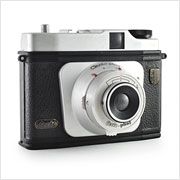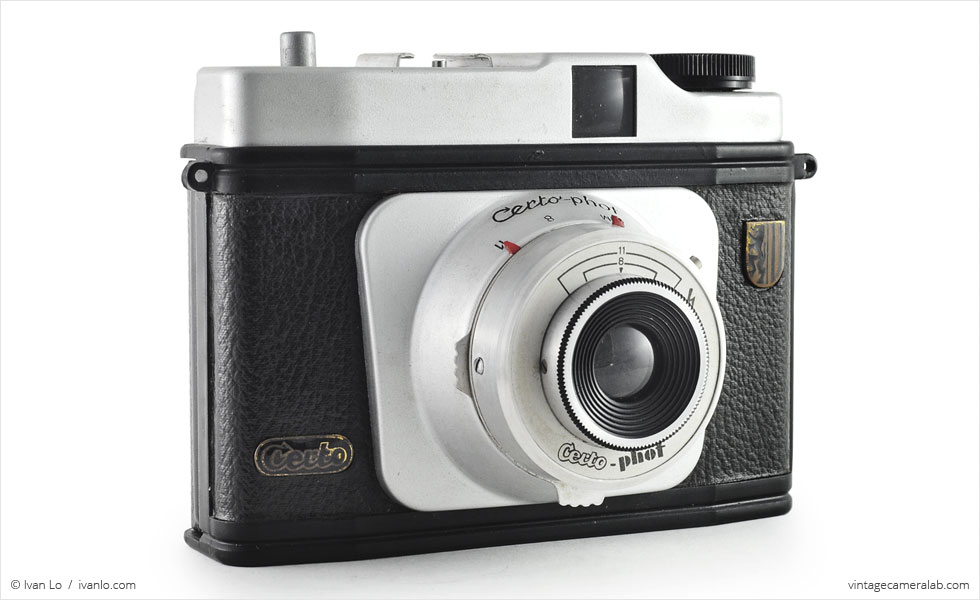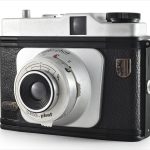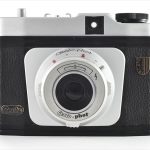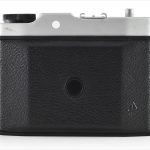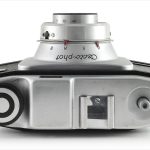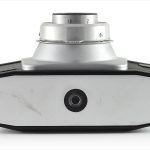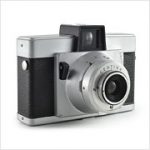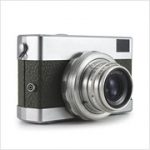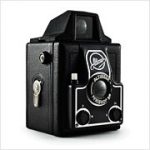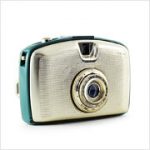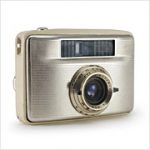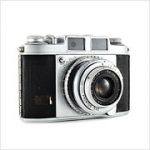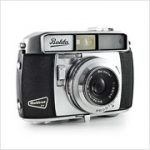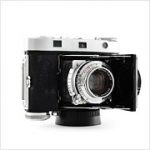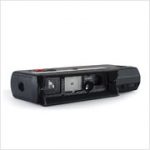Certo Certo-phot Specifications
| Manufacturer: | Certo-Kamera-Werk |
| Origin: | East Germany |
| (modern day Germany) | |
| Made in: | Dresden, East Germany |
| (modern day Germany) | |
| Introduced: | 1958 |
| Type: | Viewfinder |
| Format: | 120 Film |
| Dimensions: | 13.2 x 9.7 x 7.8 cm |
Certo Certo-phot Overview
The Certo Certo-phot is a simple medium format viewfinder camera debuted by Certo-Kamera-Werk in 1958. The first of Certo’s basic fixed-lens 120 models, the Certo-phot went on to become the basis for the Certina which has a new viewfinder assembly and a proper frame advance lever to replace the winding knob.
As is the case with many of its contemporaries, the Certo-phot is relatively primitive when it comes to controls. Focus is tuned via the ring immediately surrounding the front element, a flash sync socket is at two o’clock, the metal tab at six o’clock shifts the shutter speed between “M” (“Moment,” approximately 1/60) and “B” (Bulb, which means that the shutter stays open as long as the shutter button is depressed), and the pair of metal tabs at nine and three toggle the aperture between f/8 and f/11. The rest of the controls are on the top plate: a threaded shutter button, a cold shoe, and a winding knob. The round film door latch (which removes the entire back plate) is located on the user’s left-hand side of the camera, a red window is on the back, and a standard tripod socket is on the bottom.
The Certo-phot is surprisingly stylish and well-built for what is essentially a bare-bones camera. The body is made of metal and feels solid in your hands without being too heavy and cumbersome. As for looks, the fang-shaped aperture and shutter speed indicators are an eye-catching splash of bright red which makes for a nice accent. Certo also adds a touch of class while paying homage to their hometown by prominently displaying Dresden’s coat of arms on the front plate.
I bought this Certo Certo-phot together with a Certo Certina on eBay from a seller in Dresden and both cameras arrived in great condition. There are a few marks here and there and a tiny little dent on the rear corner near the shutter button but the camera is otherwise in good shape.
Find your very own Certo Certo-phot on eBay.
McKeown, James M. and Joan C. McKeown’s Price Guide to Antique and Classic Cameras, 2001-2002. (Grantsburg, WI, USA: Centennial Photo Service, 2001), p 141.
